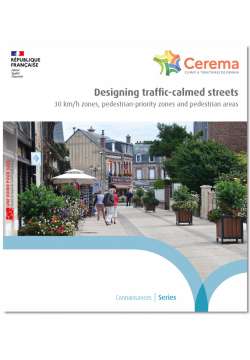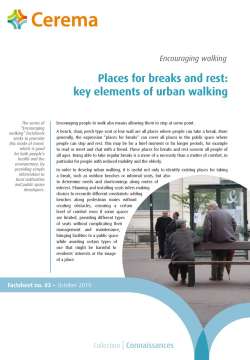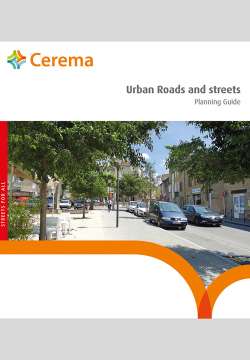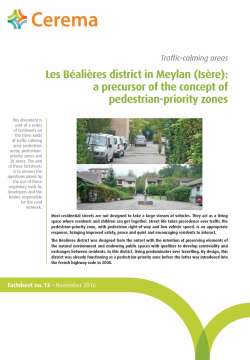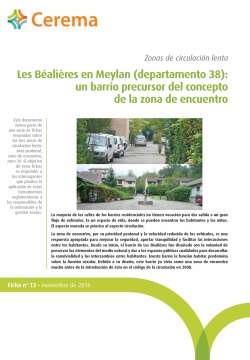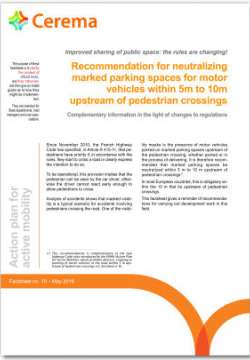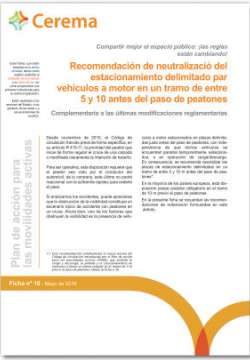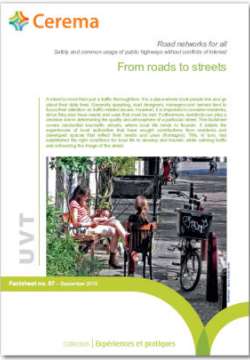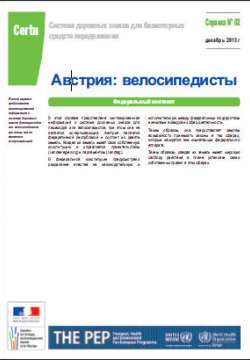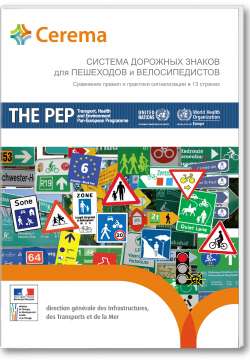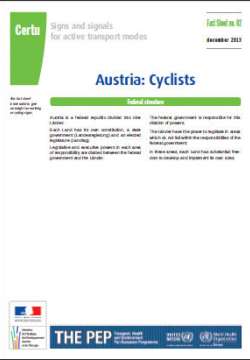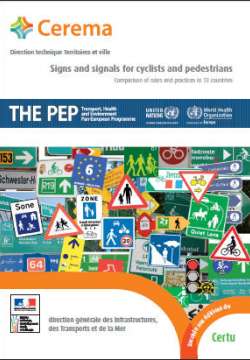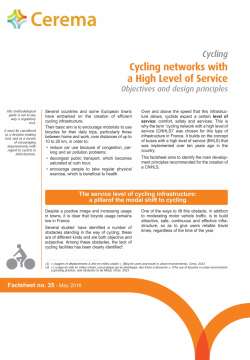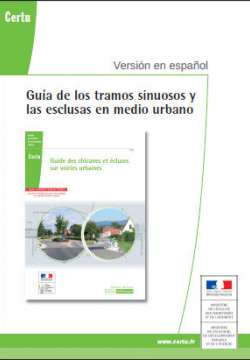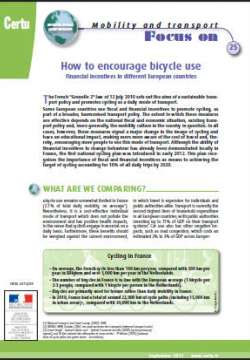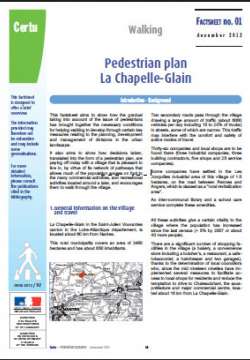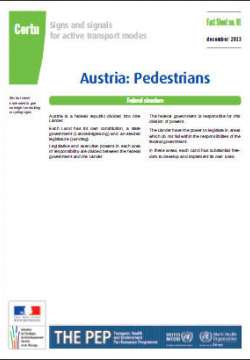
Signs and signals for active transport modes PEP - Pedestrians
The lack of physical activity coupled with the frequent use of private cars in urban areas has led to an increasing sedentary lifestyle and has become a serious public health concern. Increasing the share of walking and cycling does not only contribute to increased health, but would also reduce noise and air pollution and could lead to an increased use of public transport.
The lack of physical activity coupled with the frequent use of private cars in urban areas has led to an increasing sedentary lifestyle and has become a serious public health concern. Increasing the share of walking and cycling does not only contribute to increased health, but would also reduce noise and air pollution and could lead to an increased use of public transport. I order to increase the attractiveness of walking and cycling, the necessary infrastructure must be provided that is safe, accessible and comfortable to all users.
Studies have shown that users have a very limited knowledge of the urban space and often see cities as an archipelago made up of islands in a sea of unknown spaces. Therefore, easily recognizable and familiar signs and signals that provide clear directions and information on distances and travel times are an indispensably tool to make walking and cycling more attractive. Today there exist a multitude of different signs and signals, mainly developed at the local level, that do not yet always fulfil these criteria.
The present study, prepared by CEREMA in the framework of the Transport, Health and Environment Pan-European Programme (THE PEP), provides an inventory of existing or planned rules and regulations as well as best practices on signs and signals for cyclists and pedestrians in 13 countries. The information and the examples could be referred to by local authorities or States wishing to develop such types of signs and signals.
The study could also be the starting point for the harmonization of signs and signals for walking and cycling at the international level and could contribute to the current review of the Vienna Convention on Road Signs and Signals (1968) towards promotion of active mobility and the facilitation of pedestrian and bicycle tourism.



